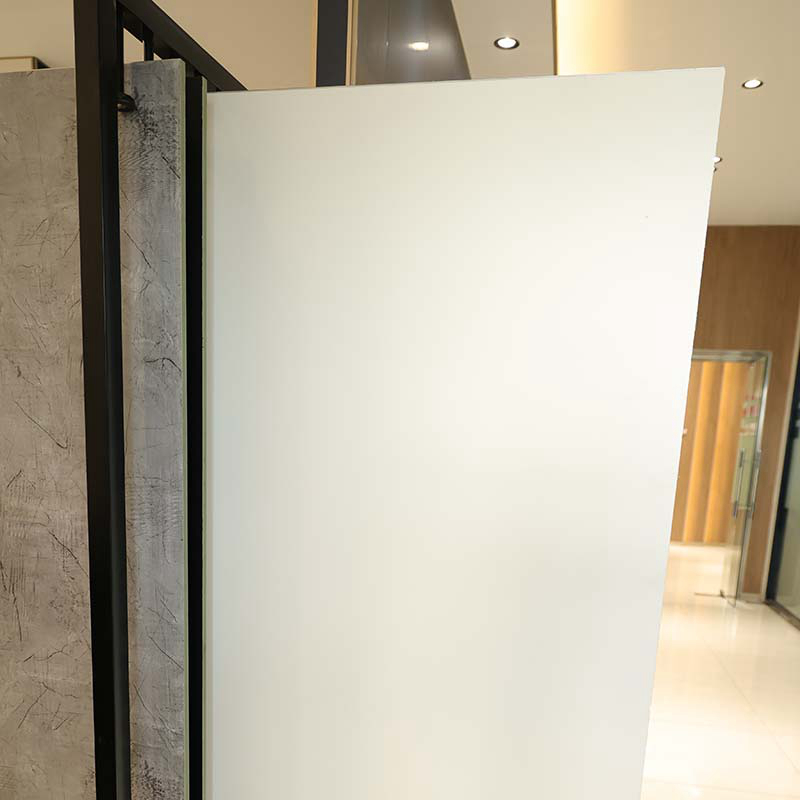Introduction:
Charcoal panels have long been a favored medium by artists for their unique texture and versatility. This study aims to delve into the various artistic techniques and applications of charcoal panels, showcasing their potential in creating stunning works of art. Through experimentation and exploration, we hope to uncover the hidden capabilities of this medium and inspire artists to embrace its full potential.
I. Understanding Charcoal Panels:
Charcoal panels are made by combining powdered charcoal with a binding agent, such as gum arabic or wax. This mixture is then shaped into a solid form, creating a versatile medium that can be manipulated in various ways. Compared to traditional charcoal sticks or pencils, charcoal panels offer a more controlled and consistent application of the medium, allowing artists to achieve precise lines and tonal variations.
II. Techniques for Charcoal Panels:
1. Drawing: Charcoal panels are ideal for creating expressive and dynamic drawings. When applying the charcoal, artists can vary the pressure to achieve different levels of darkness and create a range of textures. The smooth surface of the panel allows for precise mark-making, perfect for capturing intricate details or achieving a smooth gradient.
2. Layering: One of the unique aspects of charcoal panels is their ability to be layered. Artists can build up layers of charcoal, gradually increasing the depth and intensity of the artwork. This technique is particularly effective for creating realistic shadows and adding depth to a composition.
3. Erasing and Blending: Unlike traditional charcoal, charcoal panels allow for easier erasing and blending. Artists can use an eraser or a soft cloth to selectively remove charcoal from the surface, creating highlights and adding dimension to their work. Blending tools, such as tortillons or brushes, can also be used to soften edges and achieve a smooth, seamless transition between tones.

III. Applications of Charcoal Panels:
1. Portraiture: Charcoal panels are highly suitable for capturing the nuances of human expression. The ability to create soft transitions and delicate details makes them ideal for creating realistic and emotive portraits. Artists can experiment with different techniques, such as cross-hatching or smudging, to convey texture and depth in their subjects.
2. Still Life: Charcoal panels are equally well-suited for still life compositions. Artists can use the medium’s versatility to capture the play of light and shadow on different objects. The layering technique can be particularly effective in creating a sense of volume and three-dimensionality.
3. Landscape: Charcoal panels can also be used to create stunning landscape artworks. The medium’s ability to create a wide range of tonal values allows artists to effectively depict the contrast between light and dark, as well as the textures of various natural elements such as rocks, trees, and water.
Conclusion:
The versatility of charcoal panels as an artistic medium is undeniable. From the precision of drawing to the depth achieved through layering and blending, artists can explore numerous techniques and applications to bring their creative visions to life. By embracing the unique qualities of charcoal panels, artists can unlock a world of possibilities and create truly captivating artworks.
Previous: Low price PVC 4×8 Sheets: Durable and Versatile Building Materials for Your Projects
Next: Enhance Your Walls with Charcoal Sheet Wall Decoration

Cabinet Sanitary Board (wbt320)
product description: The PVC bathroom cabinet is mainly made of polyvinyl chloride material and high-density double-skinned PVC board. It not only has excellent moisture-proof and waterproof performance, is not easy to deform, and has a variety of sh...

PVC plastic bed board (wbt300)
A PVC bed board is a type of bed support that is made of PVC material. It is used to provide additional support for a mattress and to keep it from sagging or sinking in the middle. PVC bed boards are lightweight, durable, and easy to clean, making th...

Carbon crystal plate (wbt660)
product description: What is the material of the carbon crystal plate? The carbon crystal plate is made of natural bamboo powder, calcium powder, new polymer composite material, carbon crystal powder and PVC powder. The raw materials do not contain f...

PVC foam board (wbt05)
product description PVC foam board is also called Chevron board or Andy board, its chemical composition is polyvinyl chloride, so it is also called foamed polyvinyl chloride board. It is widely used in passenger cars, train car roofs, box core layers...